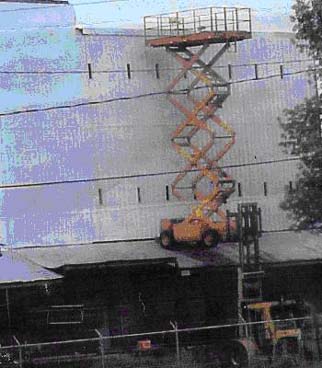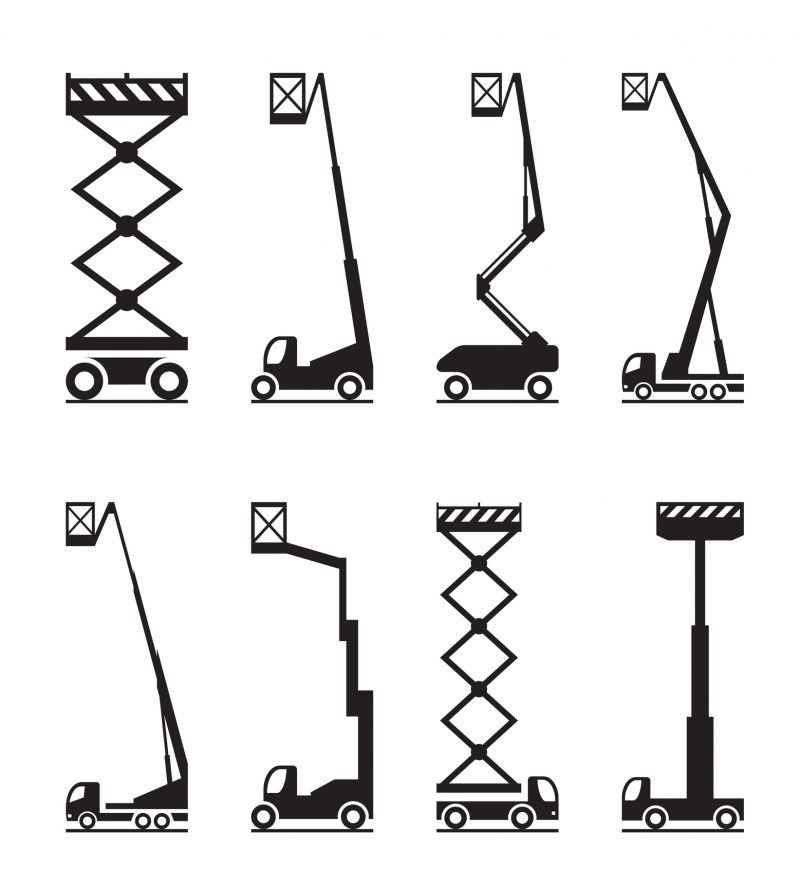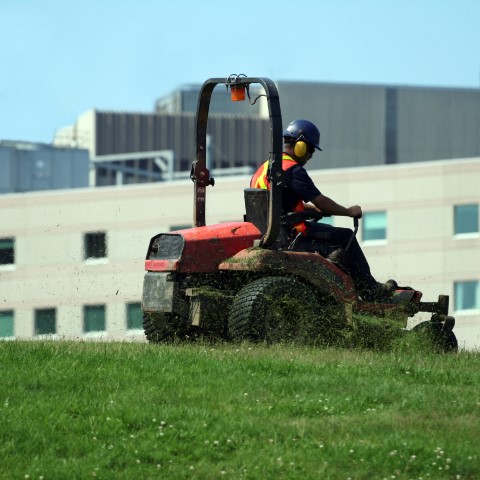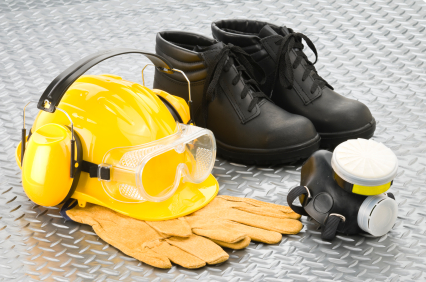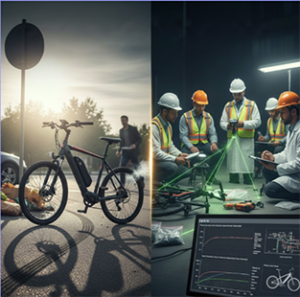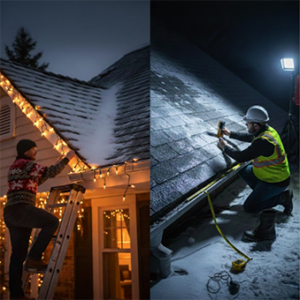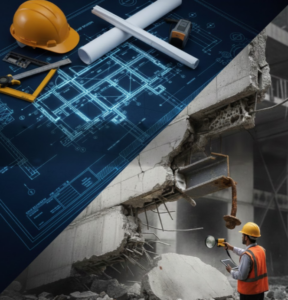Today, aerial lifts are utilized beyond construction and industry trades. Most machines are rented, rather than owned causing another variable in the litigation process should an accident lead to a claim and ultimately a legal suit. Aerial lift operators have a reputation for wanting to get the job done no matter what, which usually means disregard for safety issues. Many operators have a lack of training; they and their supervisors are often unaware that they are operating unsafely. Each type of aerial lift has its own American National Standard (ANSI). Boom lifts are covered by ANSI A92.2 for Vehicle Mounted Elevating and Rotating Aerial Devices. Manual push aerial platforms are covered by ANSI A92.3 for Manually Propelled Elevating Aerial Platforms. Scissor lifts are covered by ANSI A92.6 for Self Propelled Elevating Work Platforms.
The issues typically involved with aerial lift accidents range from tip-overs to electrocution by contact with overhead power wires. Tip-overs typically happen when the machine has been misapplied on un-level surfaces (both slope and surface type) and exceeded the stability of the unit.
Accidents also happen when the machine is driven into a depression or an obstacle, causing the machine to jolt or tip over. Accidents can also happen when the machine does not have its outriggers properly deployed to ensure stability during operation. The result of all these types of accidents is usually personal injury, damage to the equipment, possible damage to worksite, and downtime to work efforts.
Thus, the opportunity for claim and litigation exists. OSHA (Occupational Safety & Health Administration) makes the laws regarding the use and maintenance of aerial lifts and training of operators. The American National Standards Institute develops consensus standards, created and agreed upon by a body of aerial lift manufacturers. The Scaffold Industry Association writes the standards regarding lifts and users. All aerial lift standards require operators to read the operators manual prior to use. Additionally, some type of pre-start inspection is required for all types of aerial lifts. The standards also state that aerial platforms not in proper operating condition or maintenance should be removed from service until repaired. Finally, OSHA regulations prohibit employers from forcing workers to work on unsafe equipment. All these factors create a recipe for liability.
The best case scenario is for the engineering expert to be a first responder to aerial lift accidents where he/she can truly preserve the evidence. Once on the scene, the engineer will take the CED approach and execute a thorough process to best understand the accident and help the client determine liability. The first step is to do an inspection of the machine. This includes maintenance history, overall condition (evidence of abuse or modification), ground test and basic operation from the platform. Step two is the site inspection; the engineer conducts a work site hazard assessment and looks for slope of ground, type of ground (fill vs. firm) and the presence of overhead power wires. The final step is to evaluate the operator. The engineer assesses operator training, the presence of alcohol/drugs, statement or deposition describing the accident, and any applicable work site polices regarding machine operation, fall protection, etc.
Obtaining the engineer as soon as possible will give him/her the best chance to capture the evidence, understand the contributing factors to the accident, and ultimately help the client understand where the liability exists.
